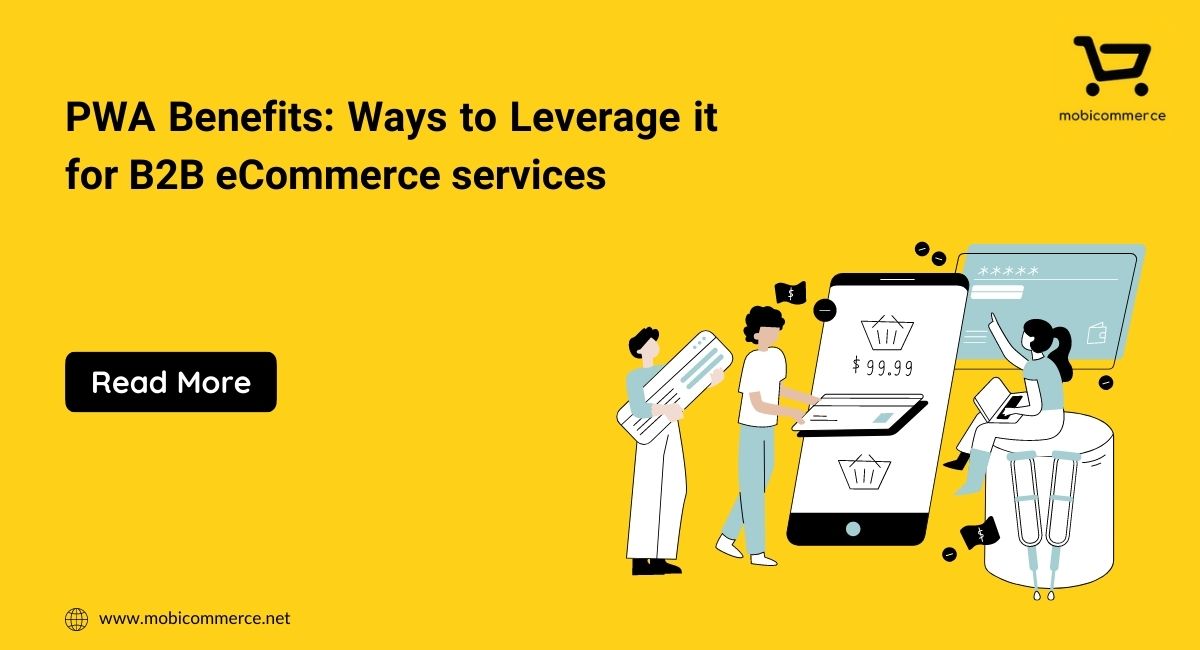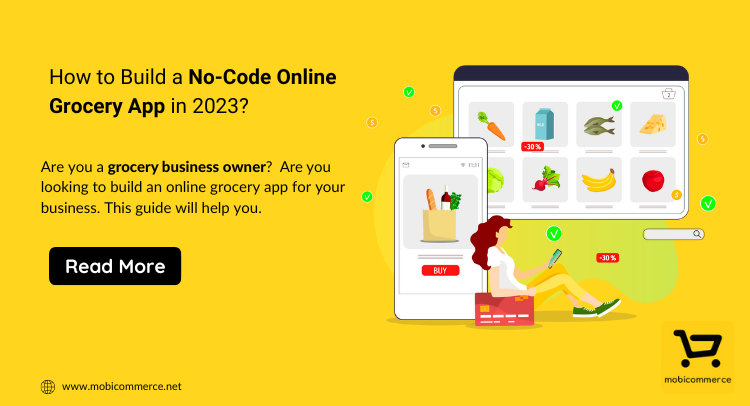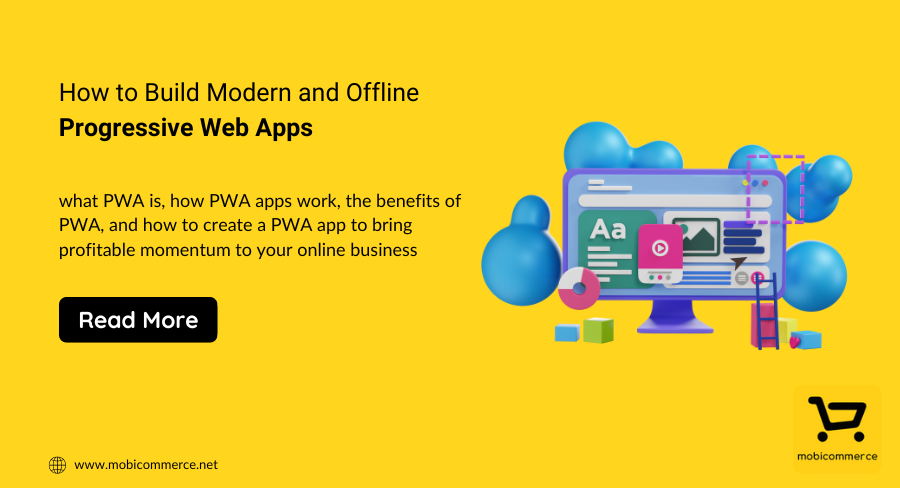
While travelling to office, while waiting for bus at bus stop, while standing in a queue at bank, everyone was in some kind of I-Want-To (Buy, Know, Go, Learn) moments.
I recently got married in December and pledged to myself, that I would not do shopping for entire two months; still I kept on browsing things on apps. We also had a mini vacation after marriage and thought of concentrating more on savings but somehow travel and tourism apps have been hit upon by me every now and then.
I was thinking few days back that if I am not intended to buy things as of now why I keep on looking at these apps and things. As an answer to this, I came across an article in TOI published on 3rd January. The headline was like — 2016: The year of Habit Commerce
As the article mentioned, CEO and Co-founder, Snapdeal rightly said 2016 marks the beginning of digital habits for consumer and this is really interesting for eCommerce industry.
Gone few years were actually the days when one needs to push customers to go online and transact using online modes. But now with more internet penetration and increased smart phone subscriptions, people do browsing, surfing out of habits.
According to a survey, 50% of respondents report spending 1-3 hours a day online, whether engaged in social media or reading or writing blogs or other sites. 28% spend 3-5 hours online and 15% spend more than 5 hours per day.
Just like me, there are lacs of customers who keep on browsing via apps and abandon shopping carts without making a purchase. But this certainly allows brands or businesses to have an idea what can be the most likely product that consumer is looking to buy in his/her next shopping cycle.
Just to be on their top of mind, you can provide them with informational content rather than the promotional one. Next time whenever they will be looking for solution of same problem, for sure you will be first they will recall and you can convert them into their customers.
Personalized Marketing is again going to be very instrumental as customers now look for personalized solutions to their problems. Again out of digital habits, people comment, like on social media for the solution they are looking for, whether they are on decision making stage or information gathering stage and brands can measure these sentiments.
There are tools which can measure social sentiments of people on social media. Some of them are Tweetstats, Facebook insights, Google analytics and many more. On the basis of results, you can target them differently based on their requirements and you are
going to convert them directly into sales.
Habits are bound to be with us and so as our smart phones. We look for mobile in case we want to book tickets, book Ola Cab, Order Cheese Bust from Dominos, book tickets for upcoming movie or just do window shopping on any app. And surely it’s out of increasing digital habits.
Strong mobile presence is needed to be on top of mind of your consumer. Mobile presence doesn’t just mean mobile apps, a user friendly interface, faster loading time, sufficient payment methods, security and authentication, are just few things one need to consider while investing in mobile space. In addition, market your apps properly to reach to your audience.
One habit which apps and social media sites have given all of us is to remain connected with peers, family, friends, and our loved ones. Even the TV Commercials of Money Transfer, being away from family and celebrating special days and moments with them online are quite common these days.
So be a part of their habit and always remain connected to them in one or the other way, Pinterest, Instagram, Reddit, Quora and many more are few such platforms where you can be part of their daily and digital life.
In online shopping also, price remains important factor. Many a times, people abandoned shopping carts just because of prices. Keep on updating them about coming sale, discounts or new arrivals via your notifications or emails.
Brands or online retailers can make most of the digital habits of consumers and that’s how they can stand out of competition. As rightly said 2016 will be the year of Habit Commerce, brands now need to understand and concentrate on habits of consumers to make their communication and connection rightly strike the chords of customers.

In order to improve user experience, businesses are increasingly turning to progressive web apps, which combine the best features of regular apps and websites. Ecommerce businesses which have created mobile-first PWAs have seen significantly faster page loading times, better conversion rates and improved engagement. On average, a website using PWA can increase speed performance by… Continue reading PWA benefits: Ways to Leverage it for B2B eCommerce services

If you have a grocery store and you are looking to take your business to the next level, then this is the right time to invest in grocery mobile apps. A report by Oberlo suggests that online grocery sales in the US are expected to reach $160.91 by 2023. Not only this, the revenue continues… Continue reading How to Build a No-Code Online Grocery App in 2023?

Most businesses create an app to establish their business in the digital world. But after some time, these businesses end up investing much more money by creating different versions and similar apps for different operating systems to stay relevant in the market. Later on, this choice of businesses becomes painful as they spend more money… Continue reading How to Build Modern and Offline Progressive Web Apps
Sign up for our newsletter and be the first to receive all the latest updates.
Request a callback from us by filling the form below.

Get your project estimate. Brainstorm business ideas. Book a demo. Get complete support and so much more!